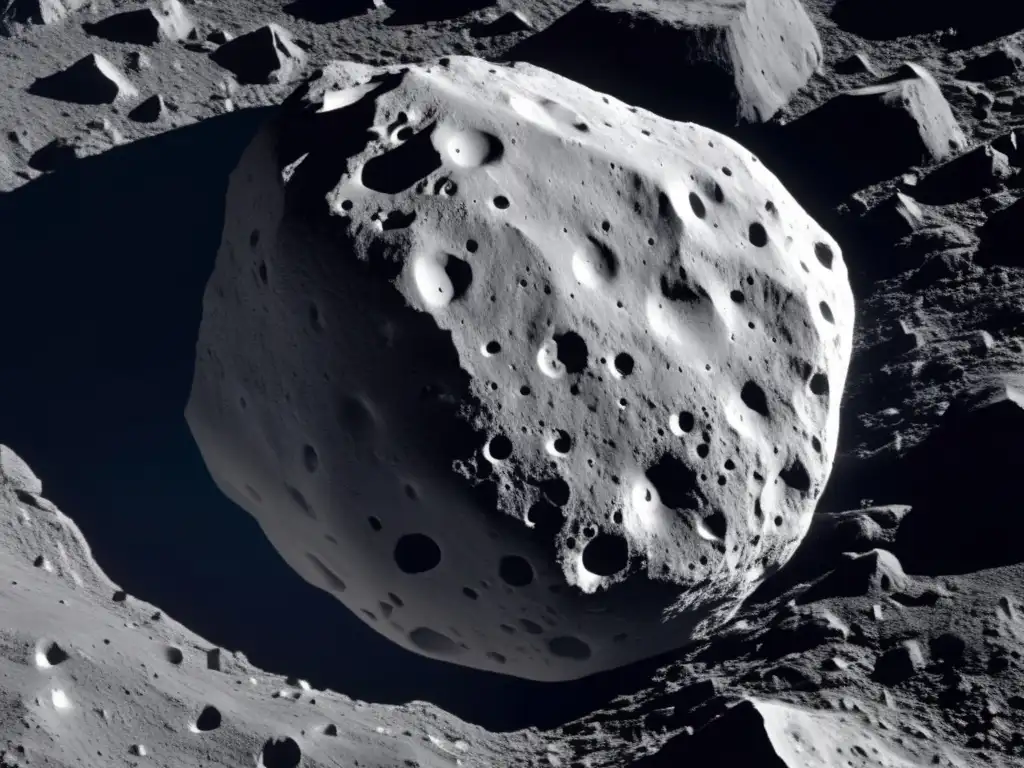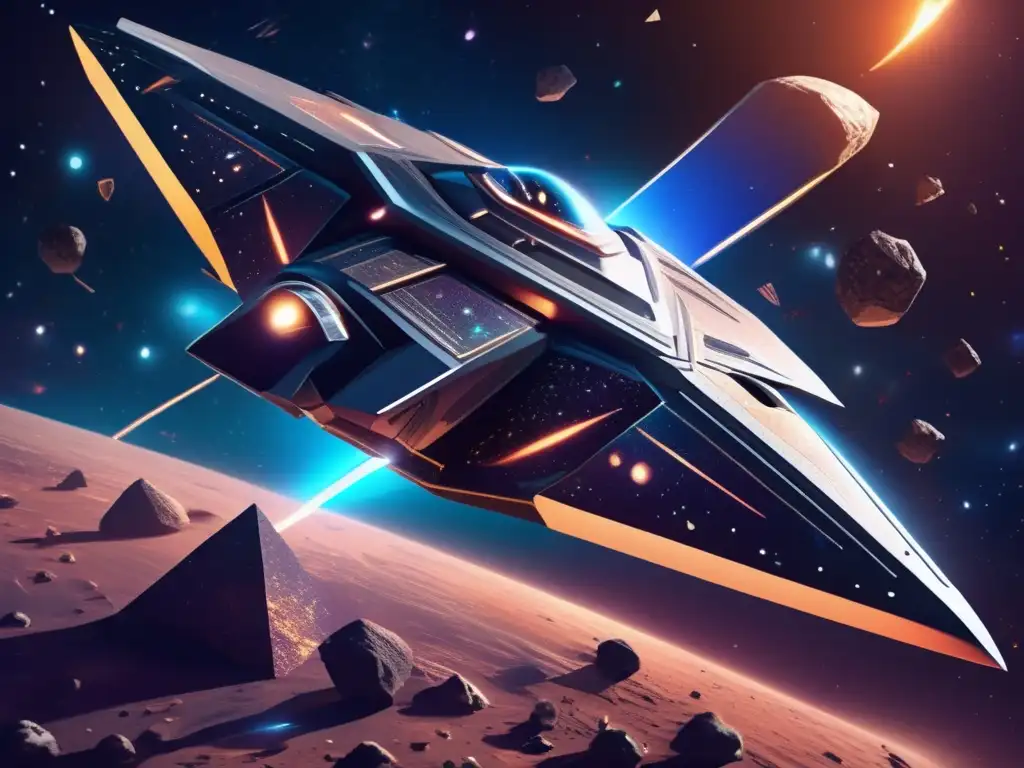Asteroids As Habitats: The Search For Microbial Life

Introduction
The question of whether life exists beyond Earth and, if so, where it might be found has long been a topic of fascination for scientists, philosophers, and writers alike. While much attention has been paid to the possibility of finding life on other planets in our solar system and beyond, researchers have also begun to investigate the potential of asteroids as habitats for microbial life.
This article will explore the current state of knowledge about the possibility of microbial life on asteroids and the methods researchers are using to investigate this question. The article will also address some of the questions and misconceptions surrounding asteroid habitats for microbial life.
The Case for Asteroid Habitats

1. Water content on asteroids
One of the key factors supporting the possibility of microbial life on asteroids is the fact that many asteroids contain significant amounts of water. This is particularly true for certain types of asteroids known as carbonaceous chondrites, which have been found to contain up to 20% water by weight. This water is thought to have been present on these asteroids since their formation in the early solar system.
2. Protection from space radiation
Another factor that could make asteroids attractive habitats for microbial life is that they can offer protection from the intense radiation found in space. Some research has suggested that the rocky exteriors of asteroids could provide enough shielding from cosmic radiation to allow microbial life to survive on the interior.
3. Minimal environmental change
A third factor that could make asteroids suitable as habitats for microbial life is the fact that they experience minimal environmental change over time. Unlike planets or moons where geologic activity and weather patterns can lead to significant changes in temperature, pressure, and other environmental factors, asteroids are relatively stable over long periods of time. This could create a more stable environment for microbial life to evolve and persist.
Current Research on Asteroid Habitats

1. Studying meteorites
One of the primary methods researchers have used to study the potential for asteroid habitats for microbial life is by analyzing meteorites that have fallen to Earth. By studying the composition of these meteorites and looking for signs of organic matter, researchers can gain insights into the conditions that might exist on asteroids.
2. Sending spacecraft to asteroids
Another approach researchers have taken is to send spacecraft to visit asteroids directly. The Japanese spacecraft Hayabusa2, for example, landed on the asteroid Ryugu in 2019 and collected samples that are currently being analyzed for signs of microbial life or organic compounds. NASA's OSIRIS-REx mission, which is currently orbiting the asteroid Bennu, is also collecting samples for return to Earth in 2023.
3. Modeling asteroid habitats
In addition to studying actual asteroids, researchers have also used computer models to simulate the conditions that might exist inside an asteroid and assess the potential for microbial life to survive under these conditions.
FAQs

-
Q: Could there be complex life forms on asteroids?
A: While it is currently unknown whether complex life forms could exist on asteroids, the conditions on most asteroids are likely not conducive to supporting complex organisms.
-
Q: Is there any evidence that microbial life has ever existed on an asteroid?
A: While no direct evidence of microbial life on an asteroid has been found, discoveries of organic matter on various asteroids have led some researchers to speculate that microbial life could exist or have existed on these objects.
-
Q: Are there any legal or ethical concerns related to studying asteroid habitats?
A: While there are no specific laws or regulations governing the study of asteroid habitats, researchers must still adhere to ethical principles and guidelines related to scientific research.
-
Q: How could the discovery of microbial life on asteroids impact our understanding of the origin of life in the universe?
A: Discovering microbial life on asteroids would provide further evidence for the idea that life can arise in extreme environments and could shed light on the role of asteroids in the early evolution of life in the solar system.
-
Q: Could the discovery of microbial life on asteroids have implications for space exploration and colonization?
A: If microbial life is discovered on asteroids, it could influence decisions about where and how humans explore and colonize the solar system in the future as we seek to avoid contaminating potentially habitable environments with Earth-based microorganisms.
Conclusion
While the potential for asteroids to serve as habitats for microbial life remains largely speculative at this point, current research is beginning to shed light on the conditions that might exist on these objects. Continued exploration and investigation of asteroids could help answer fundamental questions about the origins and evolution of life in the universe.
Additional Resources

- NASA: Asteroids Beyond
- "Asteroids as Habitats for Life" (Scientific American, 2011)
- "Can Asteroids Save Humans from Climate Change? Here’s What You Need to Know" (National Geographic, 2021)
 Unlocking The Secrets Of Life: The Role Of Asteroids
Unlocking The Secrets Of Life: The Role Of Asteroids The Asteroid Odyssey: From Space Rocks To Building Blocks Of Life
The Asteroid Odyssey: From Space Rocks To Building Blocks Of Life The Birth Of Life: Could Asteroids Be The Missing Link?
The Birth Of Life: Could Asteroids Be The Missing Link?If you want to discover more articles similar to Asteroids As Habitats: The Search For Microbial Life, you can visit the Asteroids and Extraterrestrial Life category.
Leave a Reply

Articulos relacionados: